Nature's fury in 2020 showed us Climate Change is closer than we think
As a year which will be more remembered for the Novel Corona Virus (Covid-19) than anything else, 2020 was also a year that saw increasing cyclones and forest fires than ever before. The message is loud and clear - we need to see these as trailers to the Big disaster awaiting us, if steps are not taken to mitigate Climate Change.
According to the Intergovernmental Panel on Climate Change (IPCC) Special Report on the Ocean and Cryosphere in a Changing Climate, global Climate Change is likely to make tropical cyclones more intense.
The Report stated that the average intensity of tropical cyclones, the proportion of Category 4 and 5 tropical cyclones and the associated average precipitation rates are projected to increase for a 2°C global temperature rise above any baseline period. Rising mean sea levels will contribute to higher extreme sea levels associated with tropical cyclones.
Looking back on 2020, the Climate Change induced disasters in India that made the headlines:
Locust Swarms
In May-June, 2020, millions of desert locusts swarmed 5 states in India, namely Rajasthan, Gujarat, Punjab, Haryana, Uttar Pradesh and Madhya Pradesh. First detected in East Africa and then Pakistan, the deadly locusts caused a lot of damage to crops. The locusts which entered India were about 10-12 days old and were flying huge distances in search of food.
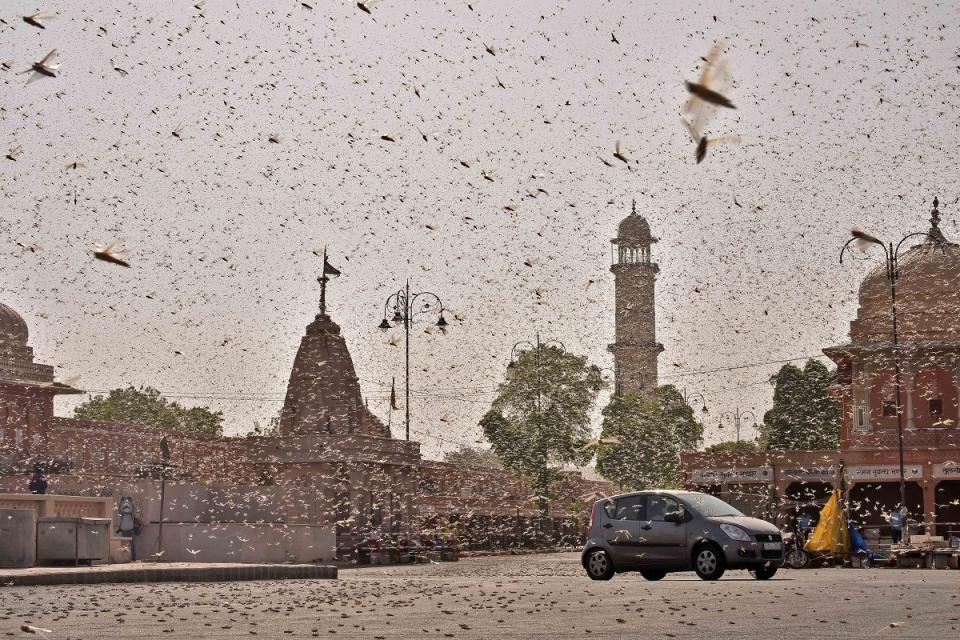
It was said to be one of the worst pest attacks in over 2 decades. Thanks to Climate Change, the global increase in temperature has made it more habitable for breeding and swarming of these crop devouring insects (they can eat as much food as 35,000 people per day!).
Considered to be the most devastating migratory pests globally, a one square kilometre swarm contains about 40 million locusts.
Cyclone Amphan
Cyclone Amphan (https://youtu.be/0ocQhTPq2rs) created havoc in West Bengal and Odisha in May, leaving behind trails of destruction. The third-most severe storm witnessed by the region since 1999, these two states bore the brunt of the extreme weather event attributed to Climate Change.
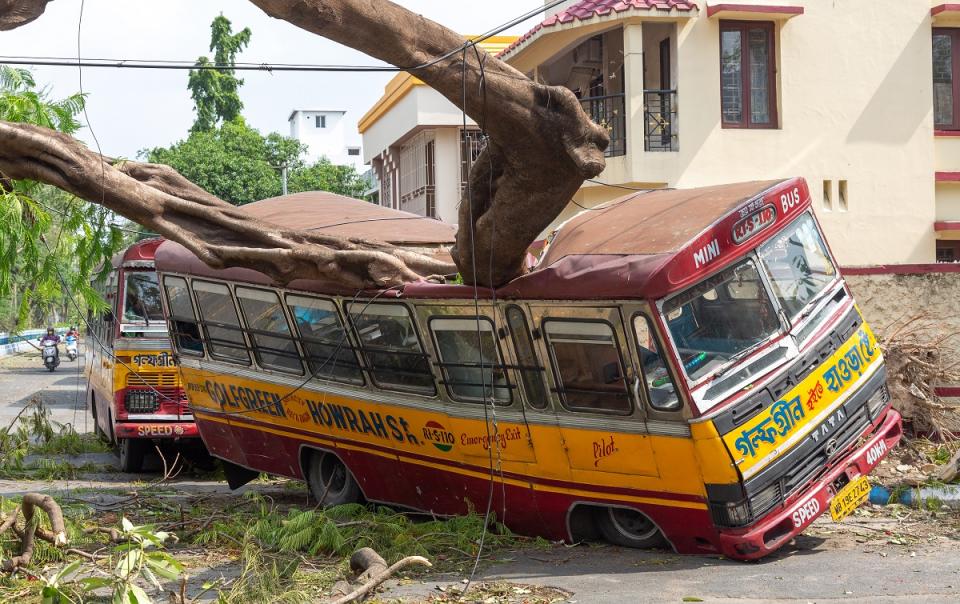
Originating from a low-pressure area a couple hundred miles (300 km) east of Colombo, Sri Lanka, the Super Cyclone made landfall in India with high velocity winds, abundant rains and lightning, destroying everything that came in its path.
As many as 72 people were killed and a total of 1,48,486 people were evacuated from low-lying areas and accommodated in 2,921 cyclone shelters.
Cyclone Nisarga
With wind speeds of 100-110 km per hour, gusting up to 120 km per hour, Cyclone Nisarga made landfall on the Maharashtra coast near Alibaug, about 100 km from Mumbai, in June.
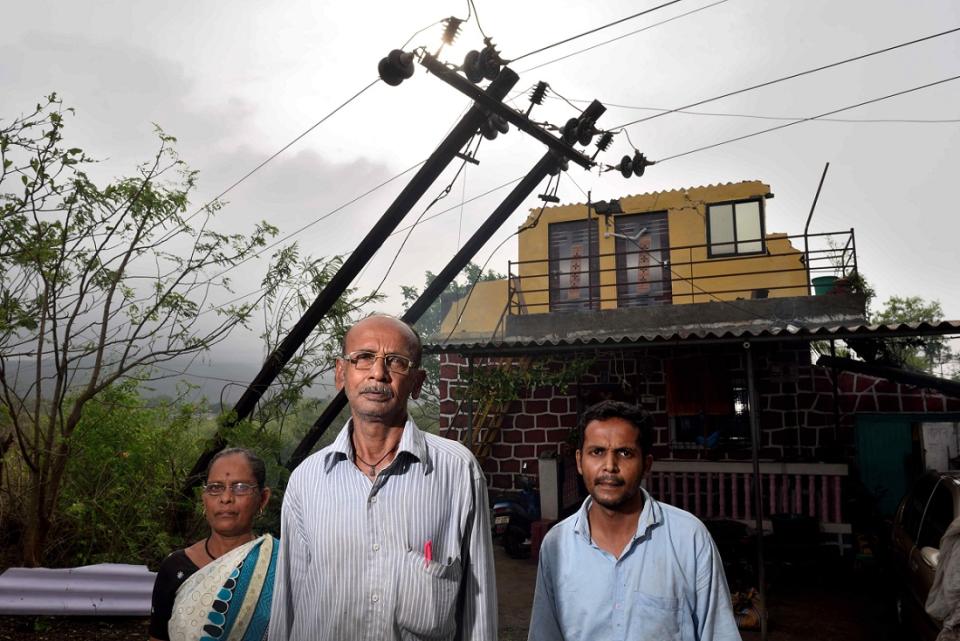
In Mumbai, the Bandra-Worli sea link was closed for traffic and in Maharashtra, more than 40,000 people were moved to safety. Forty-three teams of National Disaster Response Force (NDRF) were deployed along Maharashtra and Gujarat coasts.
Cyclone Nivar
With wind speeds of 89 to 117 km/hr, Cyclone Nivar made landfall early on November 26 at Marakkanam in Villupuram district, between Puducherry and Chennai. The storm left three persons dead and caused considerable damage to crops and fields, besides leaving many areas inundated.
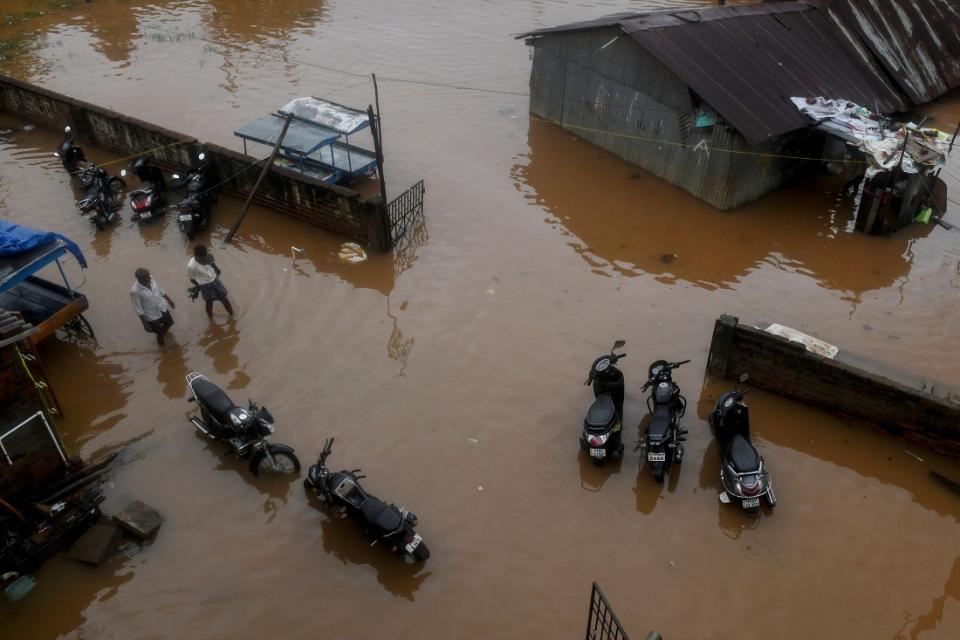
The Chief Minister of Puducherry V Narayanasamy reported that the initial loss in agriculture and other sectors was estimated at Rs 4 billion (US$ 54.2 million).
Forest Fires in Uttarakhand
A forest fire which affected 5-6 hectares of forests in Pauri Garhwal district's Srinagar later spread and gutted hectares of forests across multiple districts of Uttarakhand. In the 46 bush fires that raged for days, Uttarakhand lost nearly 51.43 hectares of forest cover and the forest department alone has incurred a loss of over 1 lakh.
Most of Northern India witnessed severe heatwaves, with the plains recording above 40 degrees of temperature and hills above 30.
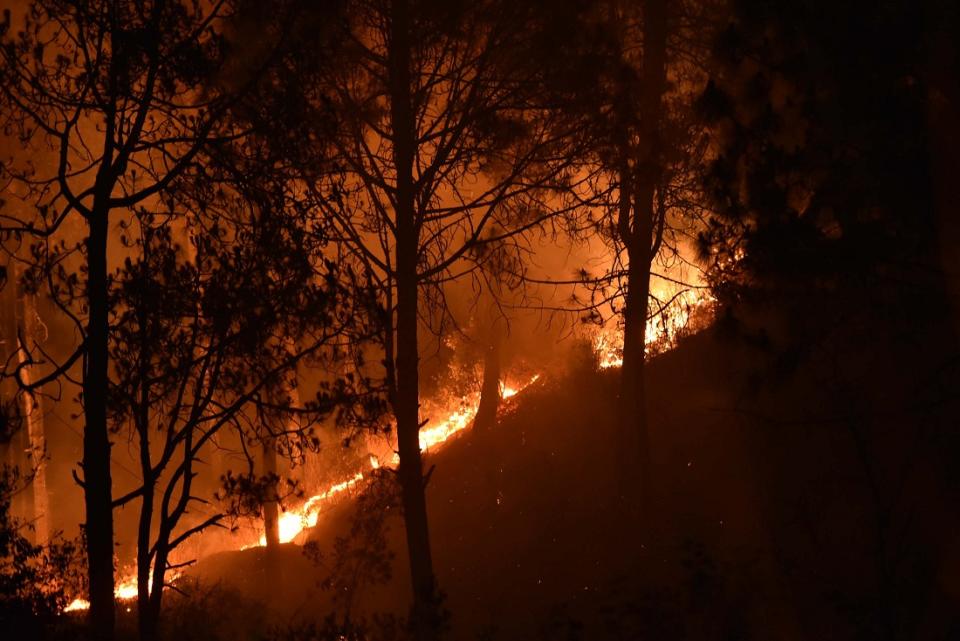
Forest Survey of India (FSI) has reported that Climate Change influences forest fire frequency and intensity, resulting in forests becoming increasingly inflammable (https://fsi.nic.in/forest-fire-activities).
Floods in Assam & Bihar
According to the United Nations Environment Programme (UNEP), rising global temperatures due to Climate Change mean more rain - at higher temperatures, the air can hold more moisture content.
Due to the heavy rains in many parts of Assam, and the resultant overflowing of the Brahmaputra river that runs through the state, there was flooding in five out of 33 districts in the state. According to the Assam State Disaster Management Authority (ASDMA), a total of 128 villages in eight revenue circles of Lakhimpur, Dhemaji, Dibrugarh, Darrang and Goalpara districts and over 70 lakh people were affected. NDRF teams were deployed for the rescue mission.
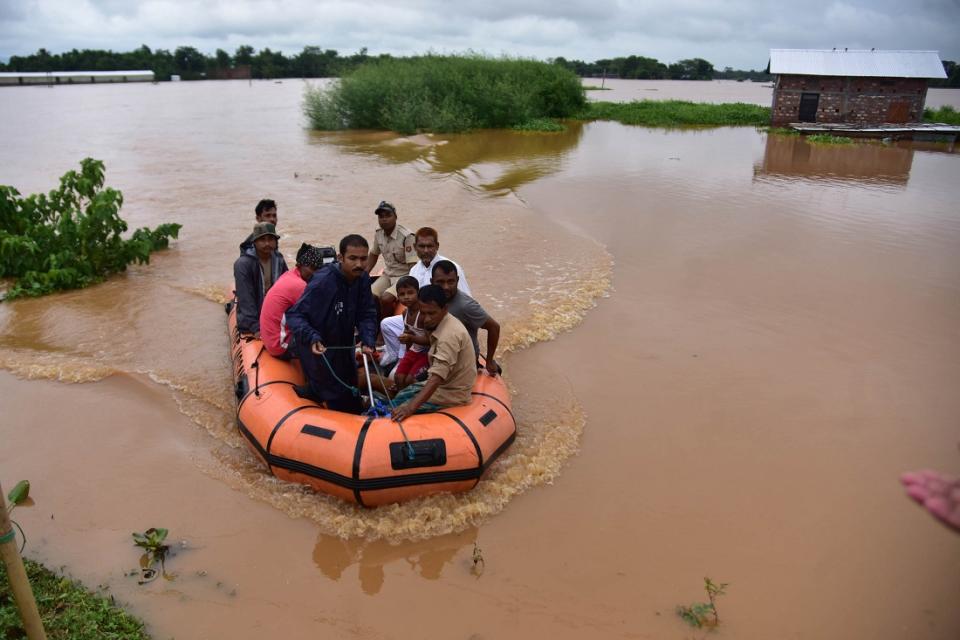
At least 137 wild animals lost their lives due to the floods, while 163 were rescued, as over 95 per cent of the 884 sq km Kaziranga Park was flooded.
Landslide in Kerala's Idukki
On August 10, Kanan Devan Tea Estate workers in Pettimudi of Kerala's Idukki district woke up to a massive landslide that claimed 55 lives. The landslide that occurred about 30 km from the popular tourist destination of Munnar and the Eravikulam National Park, flattened 20 houses.
According to the Kerala Geology Department, the location has a 40° slope, and any slope above 20° is vulnerable to slipping during heavy rain. The soil has a high content of sand, which absorbs more water, takes a loose form, and is at risk of slipping down.
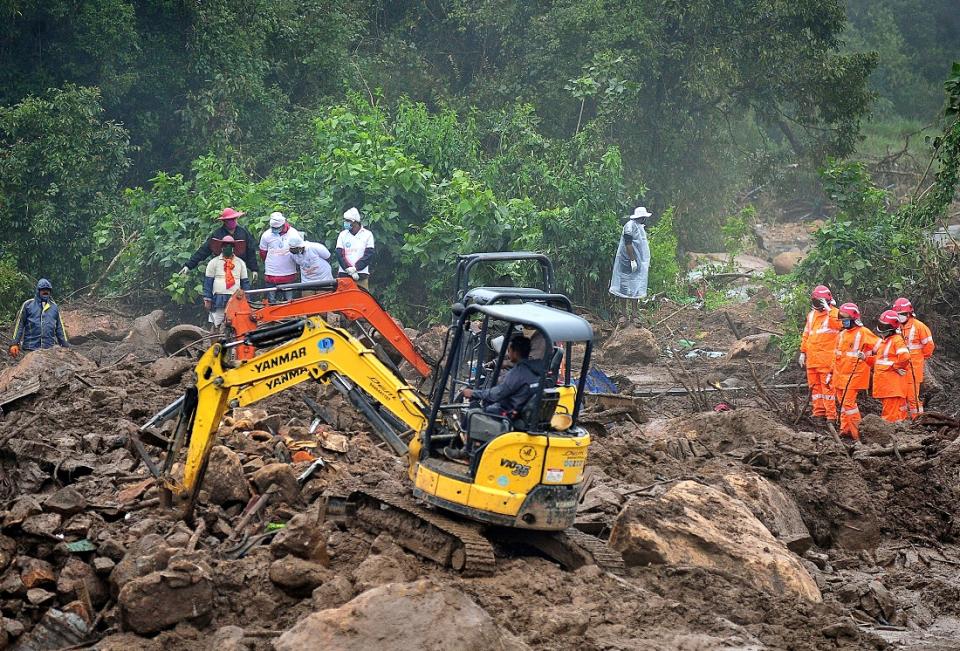
Quarrying and razing hills for construction and mono-crop cultivations are other contributing factors for the landslides apart from incessant rains of high magnitude induced by Climate Change.
Unseasonal rainfall in MP
The state-wise estimates for 10 years (2011-2020, till 20 Feb 2020) show that MP has lost the maximum area under croplands due to natural disasters in the country.
In March 2020, the unseasonal rainfall and hailstorms further damaged standing rabi crops in large parts of the state. This included mustard crops in the Chambal and oranges in the Agar-Malwa region as well as Wheat and chana crops.
DON’T MISS!

 Yahoo Finance
Yahoo Finance